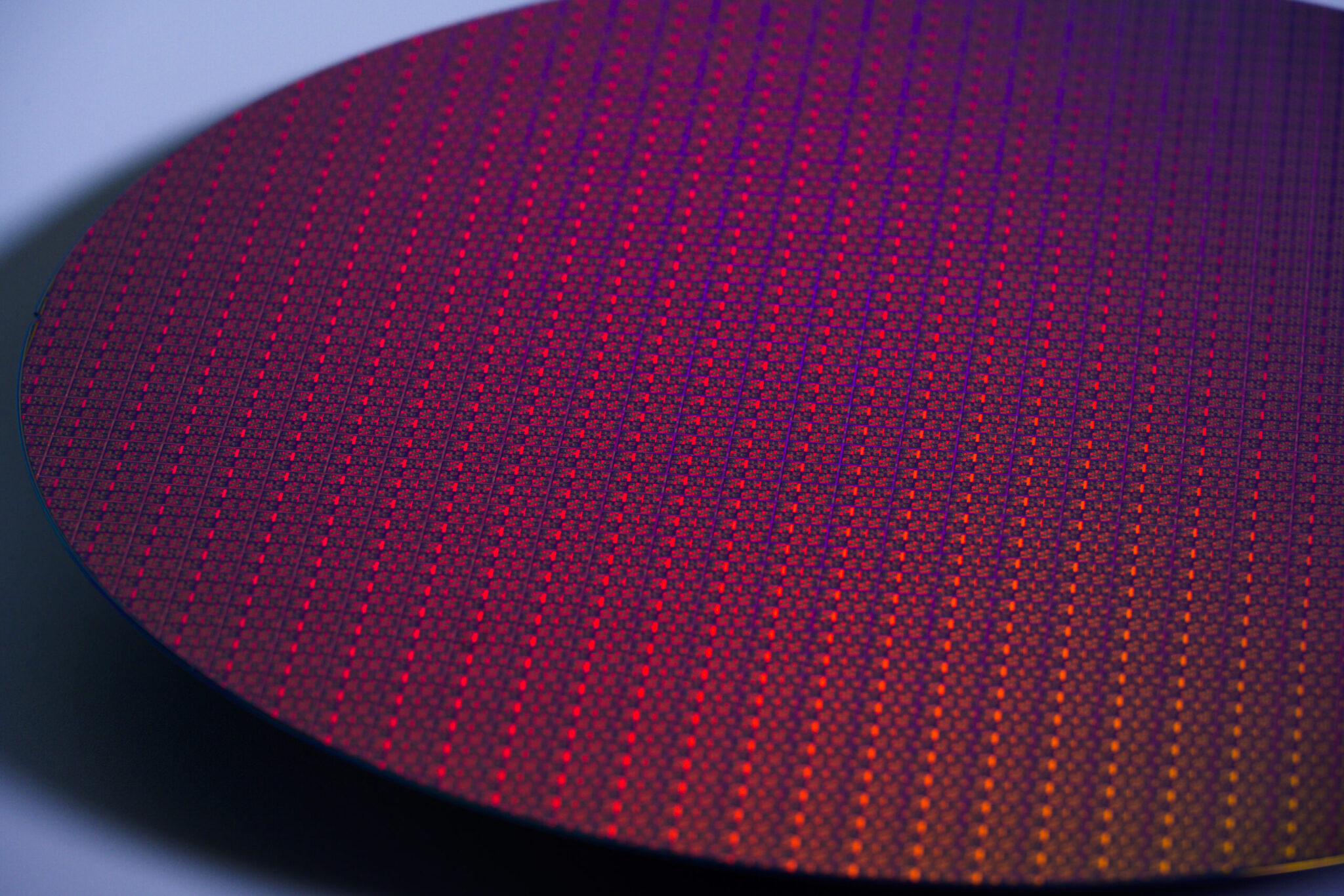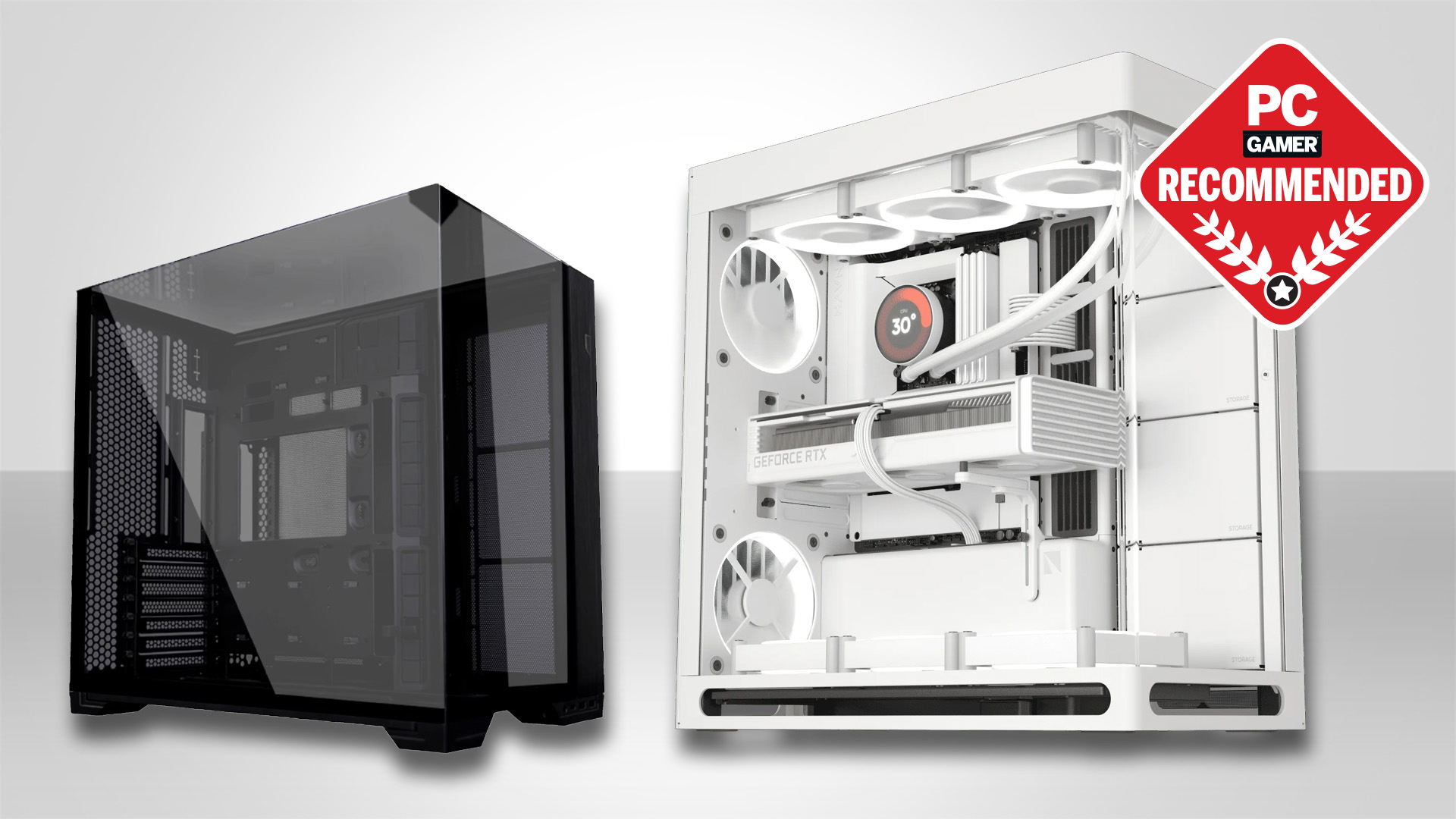Broadcom and Nvidia are claimed to be testing manufacturing on Intel's 18A process node, and even AMD is reportedly interested
Intel 18A is said to be as good as forthcoming TSMC N2.

While Intel has been experiencing rough times of late, there might be some good news on the horizon for its foundry business. Rather than just making chips for its own product and a few other companies, a report is claiming that Intel is currently working with Broadcom and Nvidia to see if its 18A process node is good enough for high-end GPUs, SoCs, and other critical processors.
Don't put your eggs in one basket is probably the most apt idiom for how chip giants are approaching manufacturing at the moment. That's because when it comes to CPUs, GPUs, APUs, and SoCs for desktop PCs, laptops, tablets, phones, and consoles, the vast majority of such processors are all made by one company: TSMC.
It's been the global leader in chip manufacturing for many years now, though a report by Reuters suggests that change may be in the air. It's claiming that Broadcom and Nvidia have both been working with Intel, testing chip production on its new 18A process node. This doesn't mean either company will use Intel to make their processors, but it makes sense for two US-based businesses to test if another US company is able to meet some or all of their chip demands.
The report also claims that AMD is "evaluating whether Intel's 18A manufacturing process is suitable for its needs" though it's not clear if AMD has sent any designs through for testing. If it does and then goes on to use Intel Foundry to make some of its products, then this will surely be a first for the CPU industry.
As to why Intel 18A is garnering such attention, there are two important reasons. Firstly, the process node is claimed to be roughly on par with TSMC's N2—a little worse in terms of transistor density but better in performance, but close enough to potentially be viable for key products, especially monster GPUs for AI servers.
The other reason is all about location. Intel has foundries all around the world, but the one that handles 18A is based in Arizona. That makes it a very tempting proposition for AMD, Broadcom, and Nvidia as it would circumnavigate any potential chip tariffs that may or may not get applied to them.
Naturally, the report doesn't mention any specific details or sources for the information, but it should come as no surprise that AMD, Broadcom, and Nvidia are evaluating a chip manufacturer, as they have no such facilities to do so themselves. With the current options being TSMC or Samsung, the processor market is heavily reliant on a small supply chain—having one more viable option will not only keep investors happy, but could help to ensure processor stocks can meet demand.
Keep up to date with the most important stories and the best deals, as picked by the PC Gamer team.
Given that its foundry business has been losing billions of dollars, Intel must be going the extra mile to capture even a small portion of AMD and Nvidia's capacious demand for chip wafers. And who knows, one day we might even see 'Designed by AMD, manufactured by Intel' on our gaming CPUs. Now that would certainly be an eye-opener.
Best gaming PC: The top pre-built machines.
Best gaming laptop: Great devices for mobile gaming.

Nick, gaming, and computers all first met in the early 1980s. After leaving university, he became a physics and IT teacher and started writing about tech in the late 1990s. That resulted in him working with MadOnion to write the help files for 3DMark and PCMark. After a short stint working at Beyond3D.com, Nick joined Futuremark (MadOnion rebranded) full-time, as editor-in-chief for its PC gaming section, YouGamers. After the site shutdown, he became an engineering and computing lecturer for many years, but missed the writing bug. Cue four years at TechSpot.com covering everything and anything to do with tech and PCs. He freely admits to being far too obsessed with GPUs and open-world grindy RPGs, but who isn't these days?
You must confirm your public display name before commenting
Please logout and then login again, you will then be prompted to enter your display name.


